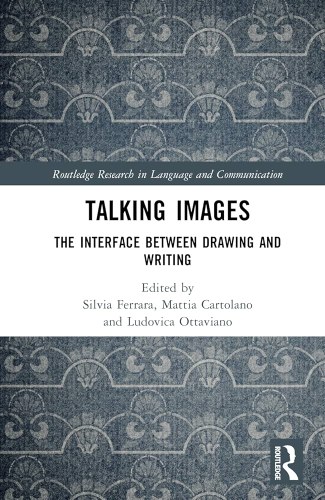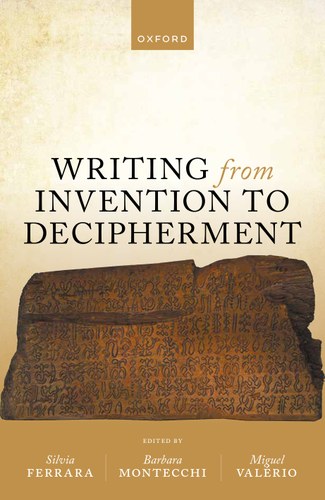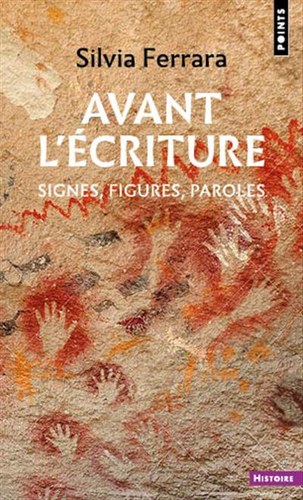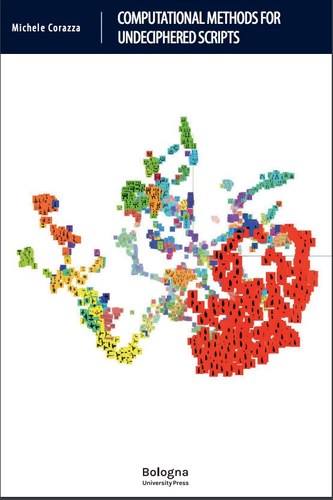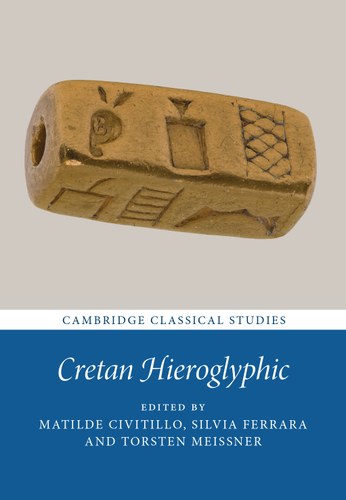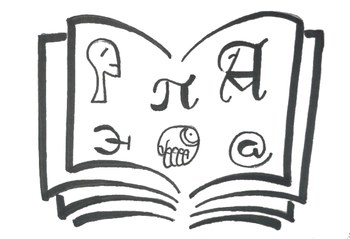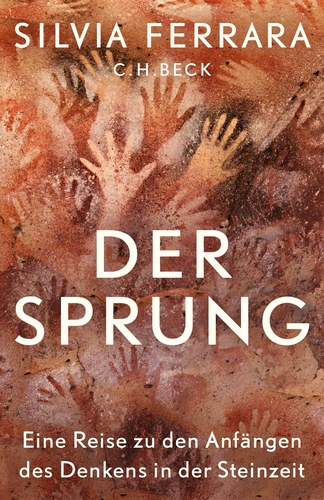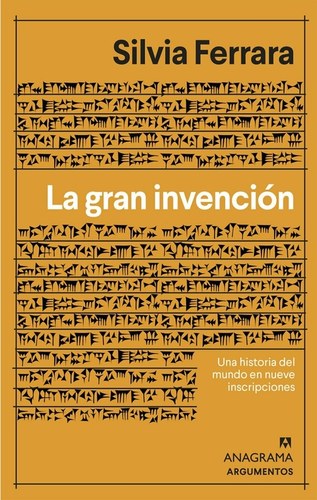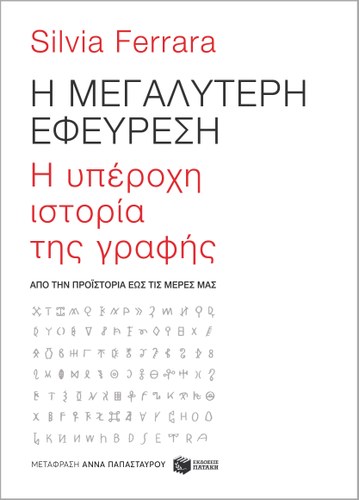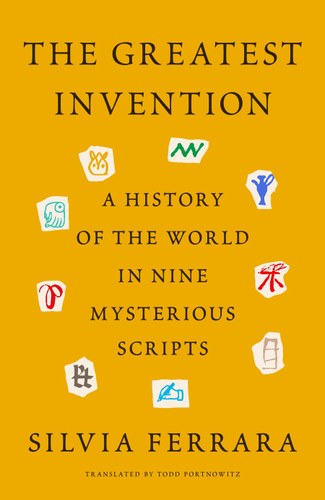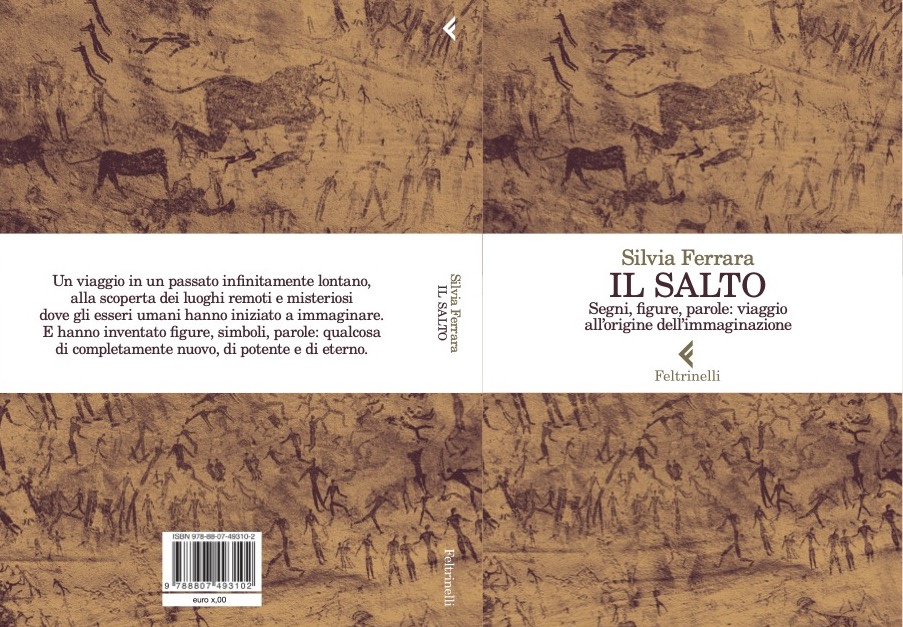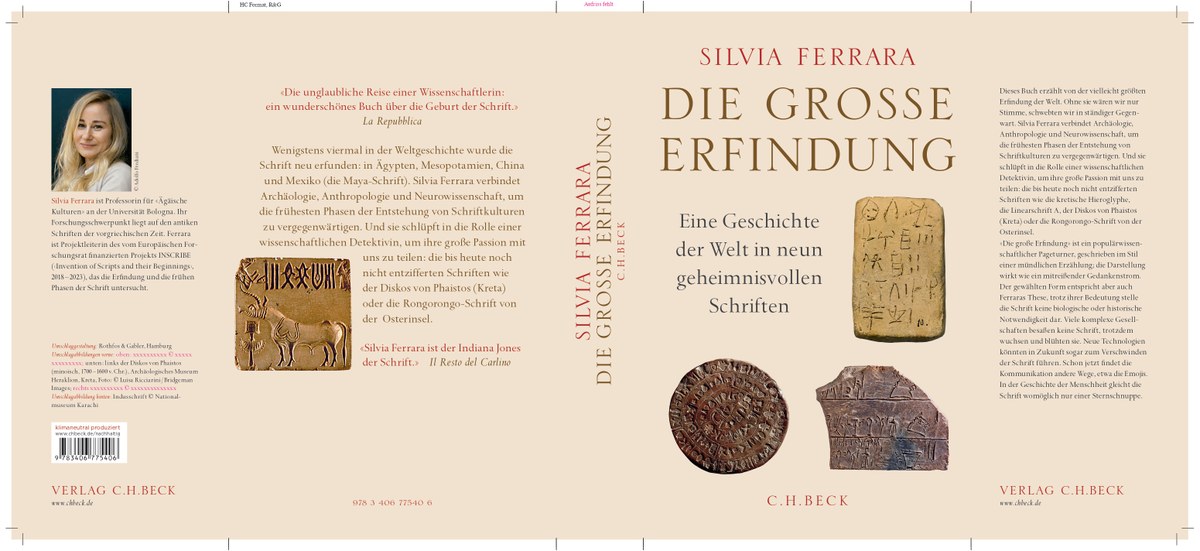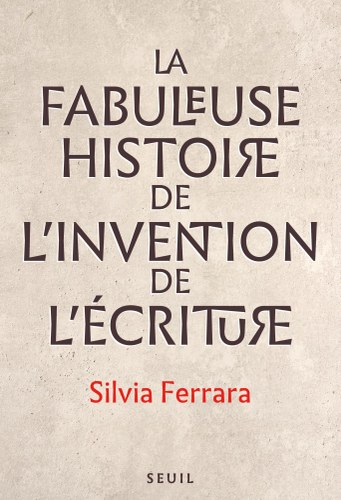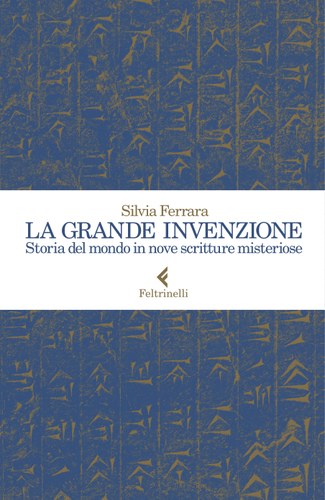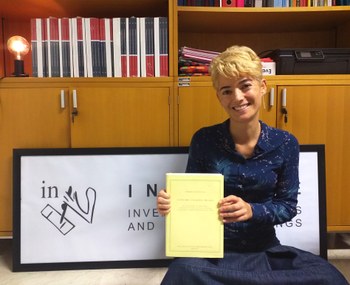Paths into Script Formation in the Ancient Mediterranean
Our latest book, Paths into Script Formation in the Ancient Mediterranean, published as the first ever Supplement of SMEA NS (Studi Micenei ed Egeo Anatolici Nuova Serie), is out now!
Here is how it starts:
All beginnings are arbitrary, often mysterious, at times accidental. For archaeologists, historians, and epigraphists, it is difficult, if not impossible, to know exactly when a point in a process becomes the beginning of something. Nowhere is this more acutely felt that in the inception of writing. We cannot, no matter how much data at our disposal, stare at the first written sign, at the first inscribed text, at the first painted word. We are at the mercy of whatever remains for posterity, left to handle physical vestiges selected at random by what one of our authors has described the “chronophage”. Time has slowly eroded the opportunity to reconstruct the tangible inception of writing.
This is where paths become important. At what point does the intention to create something declare itself, if the beginning is arbitrary? At what point does the accident become a prospect? At what moment is opportunity seized and longevity ensured? And who is responsible for such trajectories? The questions that underpin the many paths and creations of writing, the quest for pre-conditions that enable such creations, the contexts that determine birth and transmission, efficiency and permanence are the scope of this book.
Within this framework, the volume aims to throw light on the two different faces of the creation of writing – invention and adaptation – and on the multidimensional nature of such processes. These concepts are not simple, as they interface with other realms surrounding writing, such as the social and cultural contexts of local groups, their intentions in putting writing to use, the selections of sign shapes for a newly invented or newly adapted script, and its relation to iconography and language. All this brings to light different perceptions of what writing may signify for a group of individuals, the different ideological uses (and re-uses) of signs or symbols, and the claims to social differentiations underlying script creations or adaptations.
TABLE OF CONTENTS
Anna Lucia D’Agata, Preface
Silvia Ferrara, Miguel Valério, Introduction
Image-Bound Scripts at the Inception of Writing
1. Roeland P.-J.E. Decorte, The Origins of Bronze Age Aegean Writing: Linear A, Cretan Hieroglyphic and a New Proposed Pathway of Script Formation
2. Mark Weeden, Hieroglyphic Writing on Old Hittite Seals and Sealings? Towards a Material Basis for Further Research
Adaptations: Between Pictorialism and Schematism
3. Juan Pablo Vita, José Ángel Zamora, The Byblos Script
4. Miguel Valério, Cypro-Minoan: An Aegean-derived Syllabary on Cyprus (and Elsewhere)
5. Javier de Hoz, The Southwestern Palaeo-Hispanic Script: State of Knowledge, Hypotheses and Controversies
6. Ignasi-Xavier Adiego, Local Adaptations of the Alphabet among the Non-Greek Peoples of Anatolia
7. Alex de Voogt, The Meroitic Writing System: Change and Variation
Patterns and Diversity: A World of Possibilities
8. Gordon Whittaker, Aztec Hieroglyphic Writing: A Comparative Perspective
9. Piers Kelly, The Invention, Transmission and Evolution of Writing: Insights from the New Scripts of West Africa


